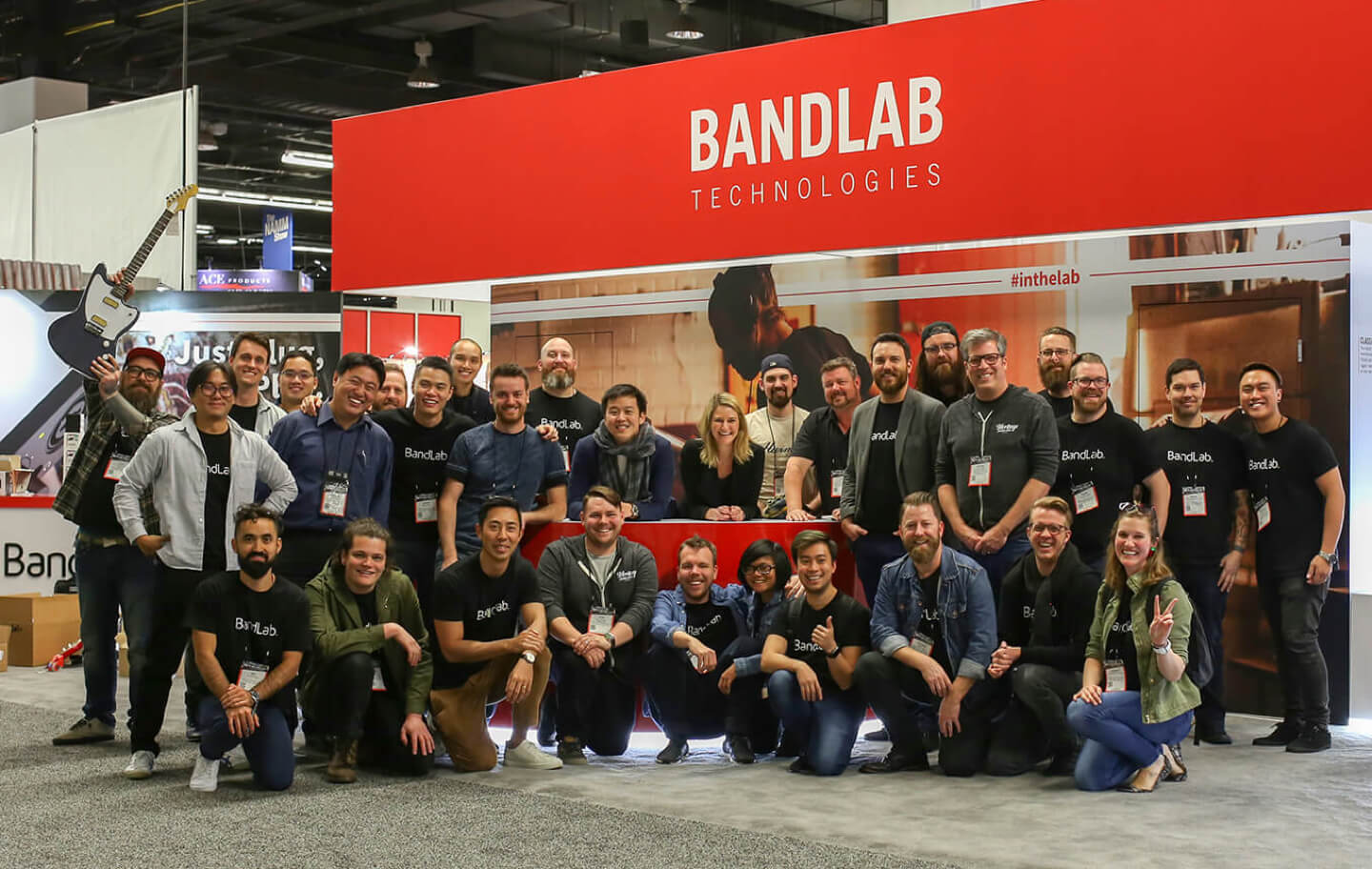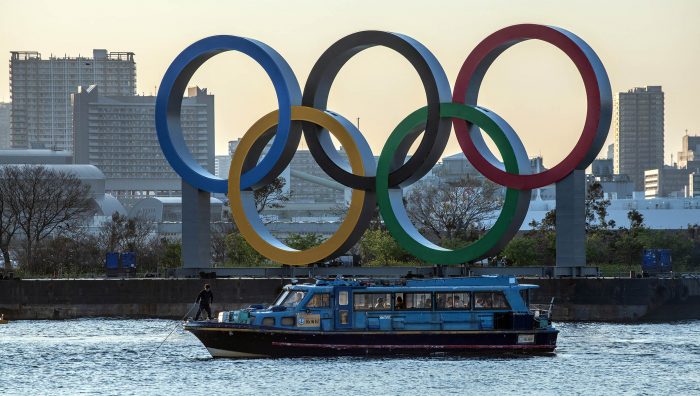Seeing, as the old saying goes, is believing. Our visual sense is unquestionably one of the most important ways of understanding and connecting to the world around us.
Not surprisingly, successful event organisers have long been aware of the importance of the visual element. From choosing the right lighting to set moods, to careful placement of the corporate logos on banners, and even choosing the right colour of napkins to accompany a table setting, there are very few details that will escape the eye of a talented event organiser.
Despite such attention to detail, though, many people often miss visual cues and messages. It’s possible that the brain processes so much information from sight that it’s not always easy to separate key messages from surrounding clutter. Psychologists and neurologists believe that about 80 per cent of all the information processed by our brain is derived from sight.
Scientists estimate that it took nearly 500 million years of evolutionary development to create the intricacy of the human eye from its primitive photosensitive cell origins. Our sense of aesthetics, however, is the product of social evolution rather than any kind of natural biological development.
It may seem astonishing but 500 years ago, the principle of perspective was an elusive one. It was in Renaissance Florence that artists first cracked the problem of perspective, combining scientific optical and geometric insights with Italian artistic flair. Since that day, we have never looked at the world in quite the same way.
More recently, 100 years ago, the experience of watching a jerky black-and-white movie, without sound, was considered miraculous.

Visions of the future
Today, however, the use of computer-generated imagery gives directors the means to create any image their imagination can conjure. Similarly, the use of 3D brings modern movies to life with a whole new interpretation of perspective.
So commonplace are these Hollywood visions of fantasy, that it’s a tough business for event organisers to match the special effects to which we have increasingly become accustomed. Anyone who still thinks that a spotlight and PowerPoint presentation will wow their audience may be in for a shock.
Advertisers have been grappling with this dilemma for decades as consumers are bombarded by thousands of print, billboard, TV and online ads. Yankelovich, a US market research company, estimates that 30 years ago the average North American urban resident saw up to 2,000 advertising messages a day. Nowadays, that figure is believed to be as high as 5,000, maybe more.
Nonetheless, the visual experience is not about technology. The real challenge is in the ability to create mood, stimulate the brain and create a powerful visual message. Sometimes the starkness of a landscape or the simple exposure to unfamiliar terrain at a new destination can have a powerful effect.
Mads Tange Christensen, CEO of the Danish destination management company Nordic Star in Copenhagen, says: “Team-building activities such as winter ice-driving experiences in Scandinavian destinations are fantastic for corporate events. The Nordic backdrops need no special effects.”
Balancing act
For some people, though, meetings and conferences are still essentially “talking shops”. Such events focus on speech and sound, and may regard visual aspects as a distraction. How, then, should event planners integrate the visual aspect of meetings from the beginning of the planning process?
Ben Fox, Singapore-based event consultant and president of the local chapter of the International Special Events Society (ISES), says: “The attendee experience encompasses all aspects of an event’s visual and audio communications. From the event signs to the logo, the speeches, videos, stage designs and entertainment, every aspect is important.
“Obviously, speech needs to be heard so audio is important. If, however, the speaker is standing on a stage that is ugly or not designed correctly for the type of communication being delivered, or the backdrop is poorly printed, or the face light is too dim to see the speaker’s face, then the message will not be as effectively received.”
Fox also suggests that gender needs to be taken into consideration: “Many of my clients work in the IT sector. It’s a very male dominated industry. Men tend to be more visually stimulated than women, so an impressive, well-lit stage with a visually stunning backdrop and logo is imperative to gain and maintain the audience’s attention.”
Of course, it’s not only meetings and conferences that have visual elements. Even if they can work with much broader brushstrokes, corporate incentive organisers need to understand the same principles.
Maureen Brennan, CEO of Incentive Connect International, says: “Incentive travel planners often have to rely on a themed element for their event, and corporations that want to host clients at a major event such as Formula 1 have a diverse range of visually stunning destination options to choose from. The planner needs to include local culture and the landscape of the host destination into the visual aspect of the event theme right at the beginning of the planning process.
“A growing trend amongst planners is the exclusive chartering of small luxury cruise vessels. This is especially good for corporate hosting around a major motor racing event, such as the Monaco Grand Prix. In fact, Formula 1 destinations such as Singapore, Melbourne and Abu Dhabi provide impressive choices for visual aspects because they offer outstanding venues, unique local culture, and great auto-related experiences that can be incorporated into the client event.”
Regardless of the choice of destination and the use of venue, visual and audiovisual support is essential. It’s important to strike a balance, though, because it can be overdone.
RETURN ON INVESTMENT
Event planners should be wary of overusing technology. In some cases, overuse can overpower the underlying message or distract attention from more fundamental aspects of the event. It’s important to remember that the medium is not always the message.
Fox says: “The hot visual effects for the last few years are Augmented Reality (AR) and 2D projection mapping. Both are visually stunning technologies that capture the audience’s imagination and are the kind of special effects that many clients are looking for to make their conference ‘different’. I have seen them used very effectively but I have also seen a lot of money spent on these technologies with little or no effect. Used correctly, they can be very effective, but they should not be utilised simply because they are cool. Instead they should help speakers communicate their message more effectively. These technologies should only be used to enhance the message and not take over the communication.
“Clients really need to ask themselves, what is the return on using these technologies? For internal communications, maybe it will get your sales staff more excited to sell a new product if it is demonstrated with AR. For communicating with the public these types of technologies can perhaps separate your communications from the crowd and really drive interest in a product. The real danger though is that clients tend not to want to spend too much, and then the technology is delivered ineffectively and it’s just not worth it. I tell them either do it right or don’t do it at all.”
Another key advantage of skilful use of colour and lighting is budget. Expert designers can use different illuminations in the exact same space to create an entirely different atmosphere. This allows the client to recycle a single venue rather than having to book a second one.
Fox says: “Lighting is critical because you have to have good face light so you can see the speaker’s face. You can also completely change the look of a stage from the conference portion of the event to the gala dinner by cleverly using lights.
“I have organised events where the client wanted to reuse the stage for both portions of the event to save money, but wanted the room to look completely different from the conference section to the gala dinner. We allocated budget for ambient lights throughout the room and took the stage from a stage wash for the conference to a vivid blue for the gala dinner in the two-hour break between them. Many attendees didn’t even realise that they had come back into the same room as the conference because the look of the stage, through lighting, was completely changed. You can also change the visual look of a stage by adding soft props such as sails, Airstar balloons, pop-up elements and everything can be set up very quickly.”
TOP TIPS
Follow the corporate and visual identity of the client strictly; if in doubt consult with their marketing team for direction TOP TIPS
• It is essential that colours, logos, layouts and copy meet with client approval in advance
• The event logo, if you have one, must align both with corporate branding and the specific aim of the event itself
• The stage needs to be functional for speeches and entertainment, as well as create the wow effect. Don’t sacrifice function for art
• Check all audiovisual equipment and lighting in advance and meet the venue technicians to iron out any glitches
• If you commit to using high-end technology, spend wisely but don’t scrimp on the budget
• When using type either printed or online, make sure it is legible, whether a menu or a 3D backdrop
• Take into account age and health issues if using strobe lighting, flash photography and so on
• Computerised renderings can be very helpful in preparation, but actual photos and videos of the event are essential to conduct the post-event review


